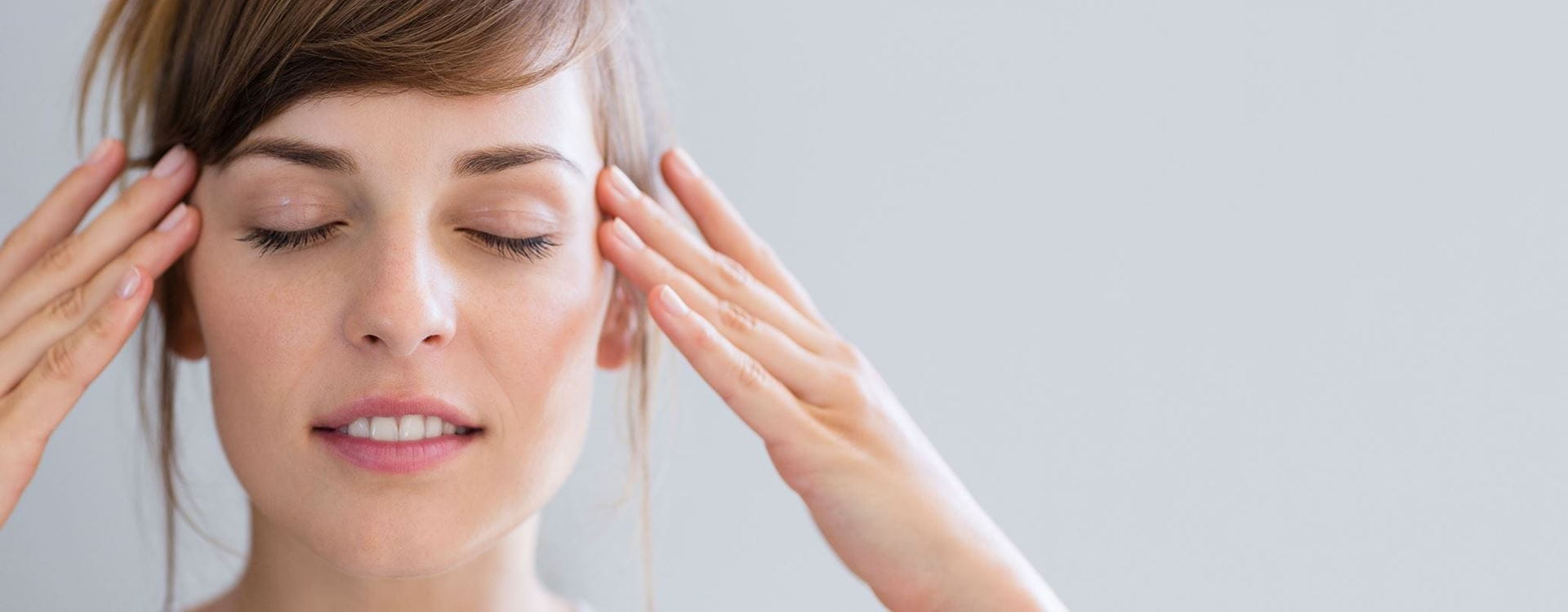

With click on ACCEPT, we are using cross-website tools to provide you individual information for marketing purposes via partners, also beyond our website. These enable personalised online advertisements and extended analysis and evaluation options regarding the target group and user behaviour. You also agree that the data may also be transferred to third countries outside the European Economic Area without an adequate level of data protection (esp. USA). It is possible that authorities may access the data without any legal remedy. You can decline or withdraw your consent at any time here.
